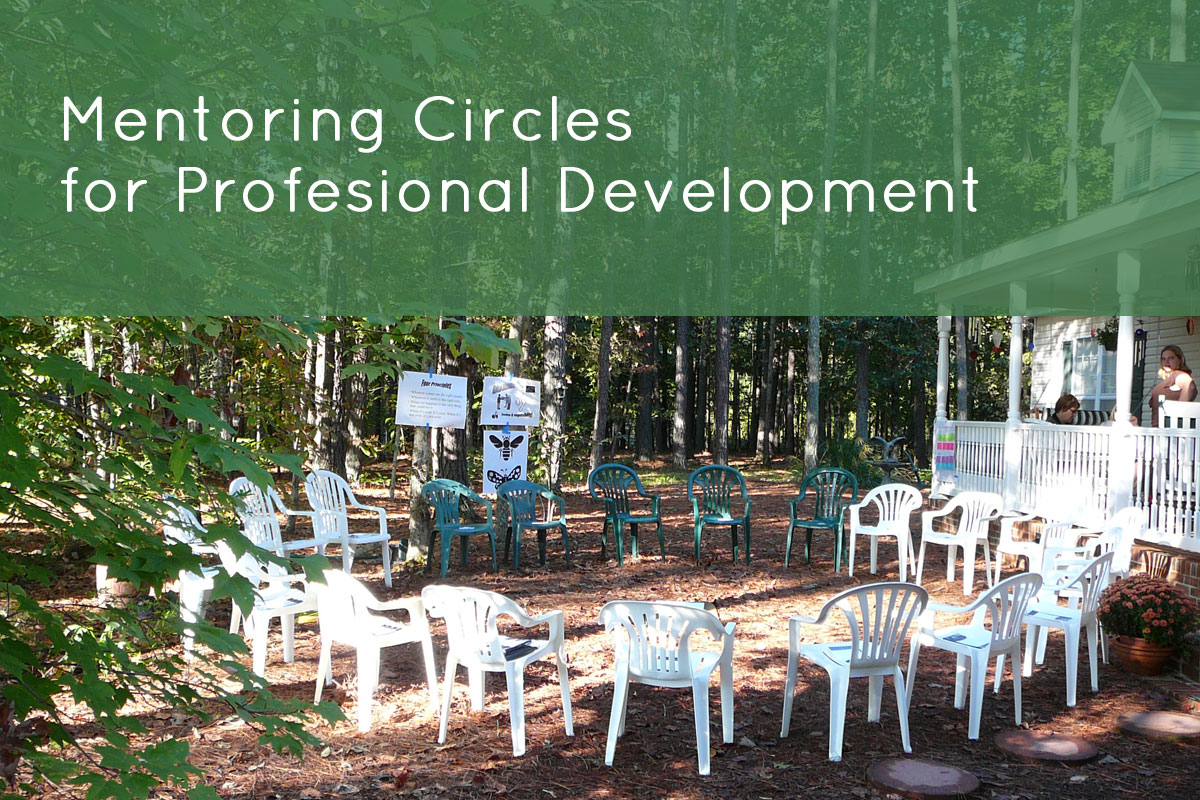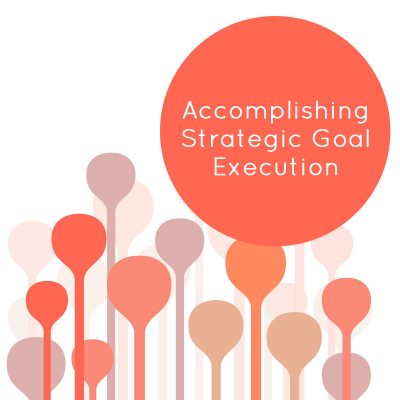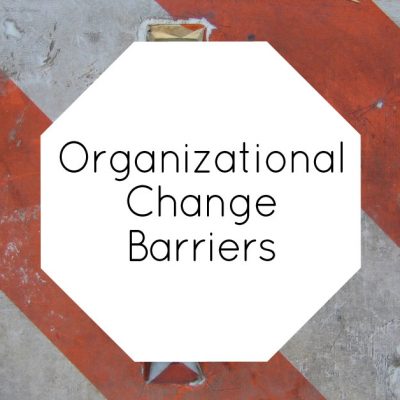Essentially, mentoring circles can be formed by any group of people who have a common interest and a collective desire to learn and grow from the mentoring experience.
Benefits of Mentoring Circles
When a group of people come together in a mentoring circle
- knowledge sharing is amplified
- team development occurs without a specific team building exercise
- relationships are created and/or strengthened around a common business purpose
- individual and collective leadership capacity is increased without a specific focus on leadership development
The Genuine Contact approach to mentoring can be used to support:
- a group of people participating in learning/training together to better apply the learning into their everyday work
- knowledge sharing across teams or departments
- professional development amongst people in different levels of seniority or different generations on a similar career track
How to Create a Mentoring Circle
Recognize the benefit of participating in a mentoring circle? These guidelines can help you to begin creating a mentoring circle for your organization:
- Consider the purpose of the mentoring circle. For what benefit will this mentoring circle exist?
- What leadership is necessary for this mentoring circle to be successful?
- What outcomes do you intend to achieve through this mentoring circle?
- Who are the right people to invite into this mentoring circle as participants? Ensure you have a broad enough spectrum of people in the mix to offer the greatest benefit. This might mean considering a mixture of new hires/front line workers, those with a few years experience and those with seniority, for example.
- How will your mentoring circle be organized? Consider the frequency and duration of mentoring meetings, how you connect in between times and how long the . How will your mentoring circle be facilitated? We recommend participatory meeting methodologies like Whole Person Process Facilitation or Open Space Technology.
You can also learn more about how to create and facilitate mentoring circles in this workshop.












Leave a Reply
You must be logged in to post a comment.